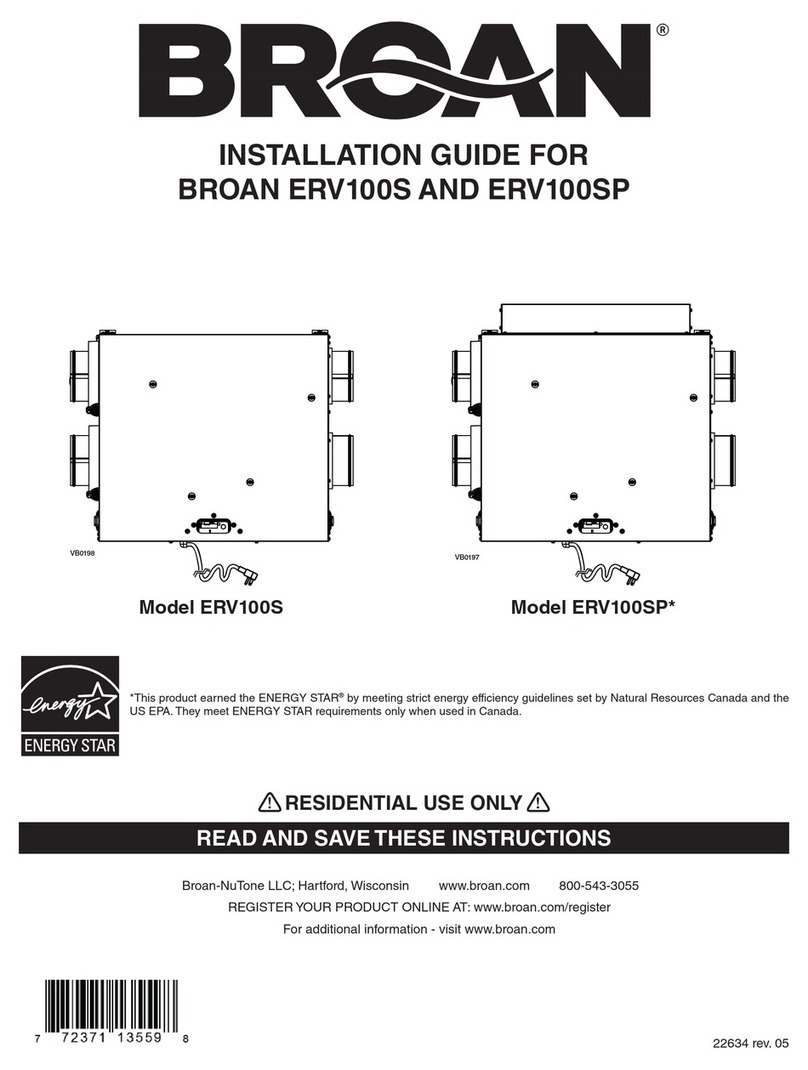2
ABOUT THIS MANUAL / PRODUCT
The purpose of this manual is to help you with the use of your unit. Section 2 (Controls) shows you
how you can operate the unit in no time. Section 3 deals with maintenance and explains how to
maintain the unit to ensure maximum operation and performance. In Section 4 (Troubleshooting),
you will learn how to solve minor problems; plus other important information which we urge you to
read.
We welcome any suggestions you may have concerning this manual and/or the unit, and we would
appreciate hearing your comments on ways to better serve you. Please forward all correspondence
to us at the address indicated on the product’s registration card included with this manual.
This manual uses the following symbols to emphasize particular information:
NOTE: Indicates supplementary information needed to fully complete an instruction.
Finally, we want to congratulate you on your purchase of this excellent unit which will allow you and
your family to enjoy fresh air throughout your home for years to come!
Identifies an instruction which, if not followed, might cause serious personal
injuries including possibility of death.
Denotes an instruction which, if not followed, may severely damage the unit
and/or its components.
WARNING
!
Some activities create dust or vapors which may damage your unit. You must
therefore turn off and unplug your unit in the following situations:
• Major renovation work • Sanding (e.g. gypsum joints, etc.)
• Housing construction • Varnishing
During very heavy snowstorms or rain with strong winds, the unit should also
be turned off to avoid problems caused by snow or rain entering the unit, even if
it is equipped with an anti-gust intake hood.
Power disturbances or very short power failures may cause the electronic
control microprocessor to malfunction. If it does, disconnect the power plug
from the outlet and wait approximately 30 seconds, then plug it back in to
resume operation.
CAUTION
CAUTION
CAUTION
When leaving the house for a long period of time (more than two weeks), a
responsible person should regularly check if the unit operates adequately. If
the ductwork runs through an unconditioned space (e.g.: attic), the unit must
operate continuously except when performing maintenance and/or repair. Also,
the ambient temperature of the house should never drop below 65°F. At least
once a year, the unit mechanical and electronic parts should be inspected by
qualified service personnel.


























